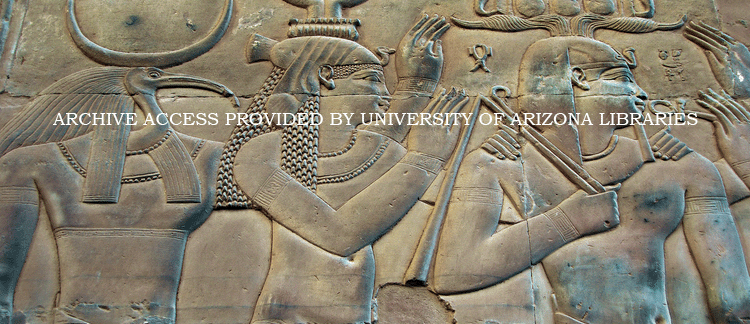Abstract
The fragment of an Egyptian statue of Djehutihotep found at Megiddo by the Oriental Institute of the University of Chicago (OI) has been long known. It was found with three uninscribed Egyptian statue fragments reused in the foundations of Temple 2048, attributed to Stratum VII, which was dated by them to the Late Bronze Age IIB, 13th–12th century BCE. A recent reevaluation of the stratigraphy of the cultic area of Megiddo (OI: Area BB; TAU: Area J) based on new excavations, however, demonstrates that the foundation of Temple 2048 should be assigned to Stratum XII dated to the early Middle Bronze Age II. The new dating of the findspot of the Djehutihotep statue fragment narrows the window of time for the arrival of the statue at Megiddo to the lifetime of Djehutihotep, supports a high chronology for the Middle Bronze Age, and demonstrates direct contact between Egypt and Megiddo in the Middle Bronze Age I. This paper reviews the new data on the archaeological context and reevaluates the implications of Djehutihotep at Megiddo.
How to Cite
Adams, M. J., (2017) “Djehutihotep and Megiddo in the Early Middle Bronze Age”, Journal of Ancient Egyptian Interconnections 13(1), 48-58.
1166
Views
238
Downloads
